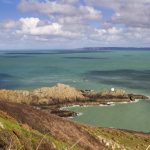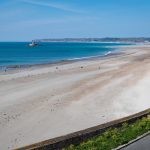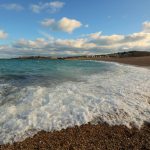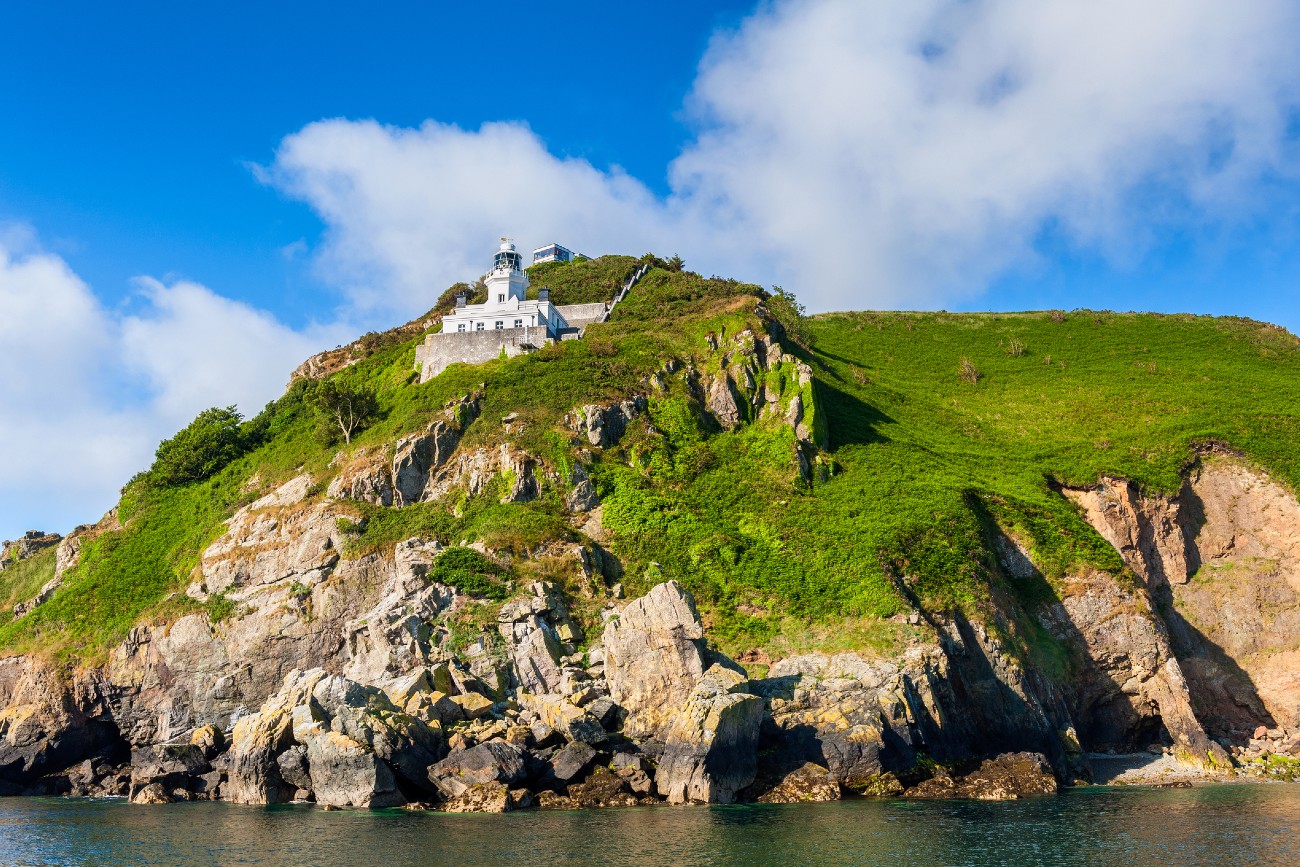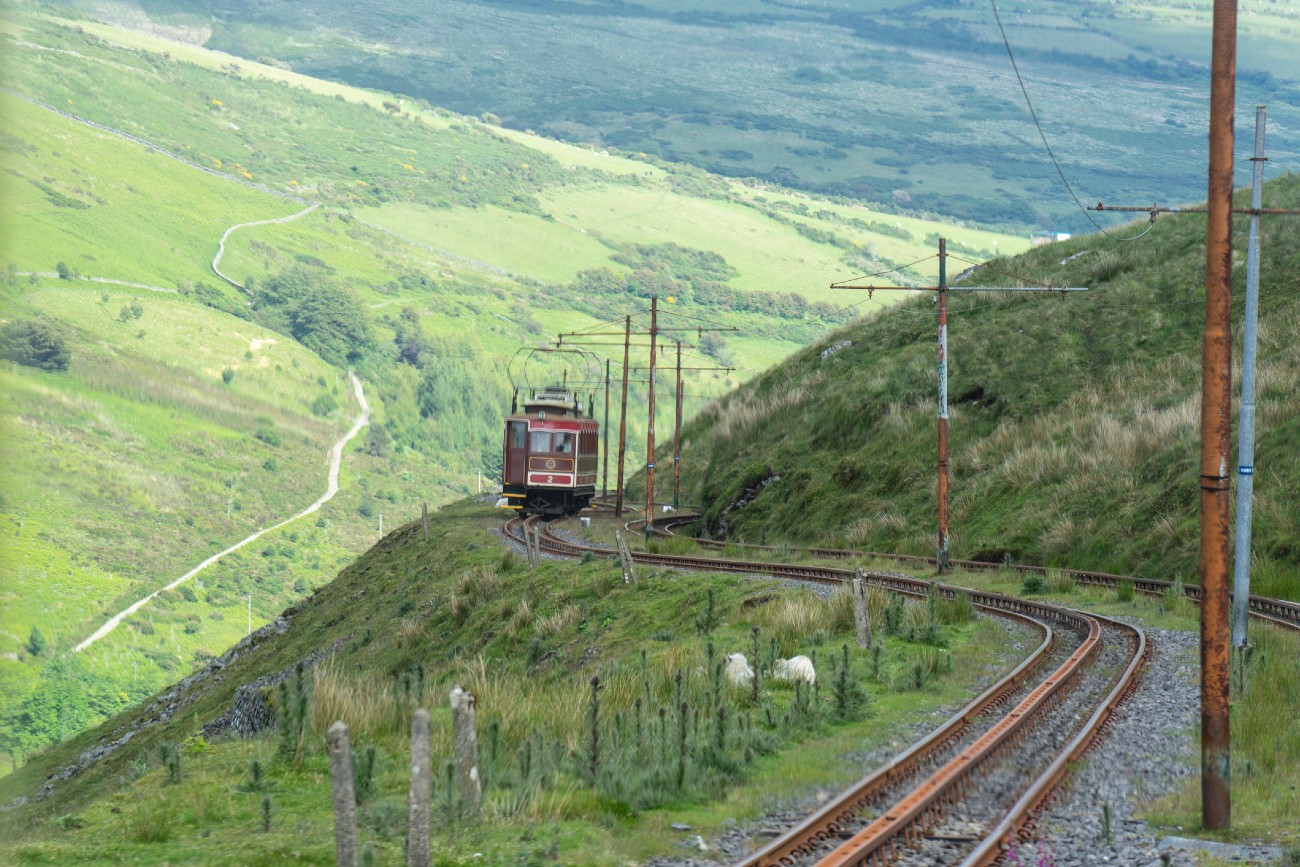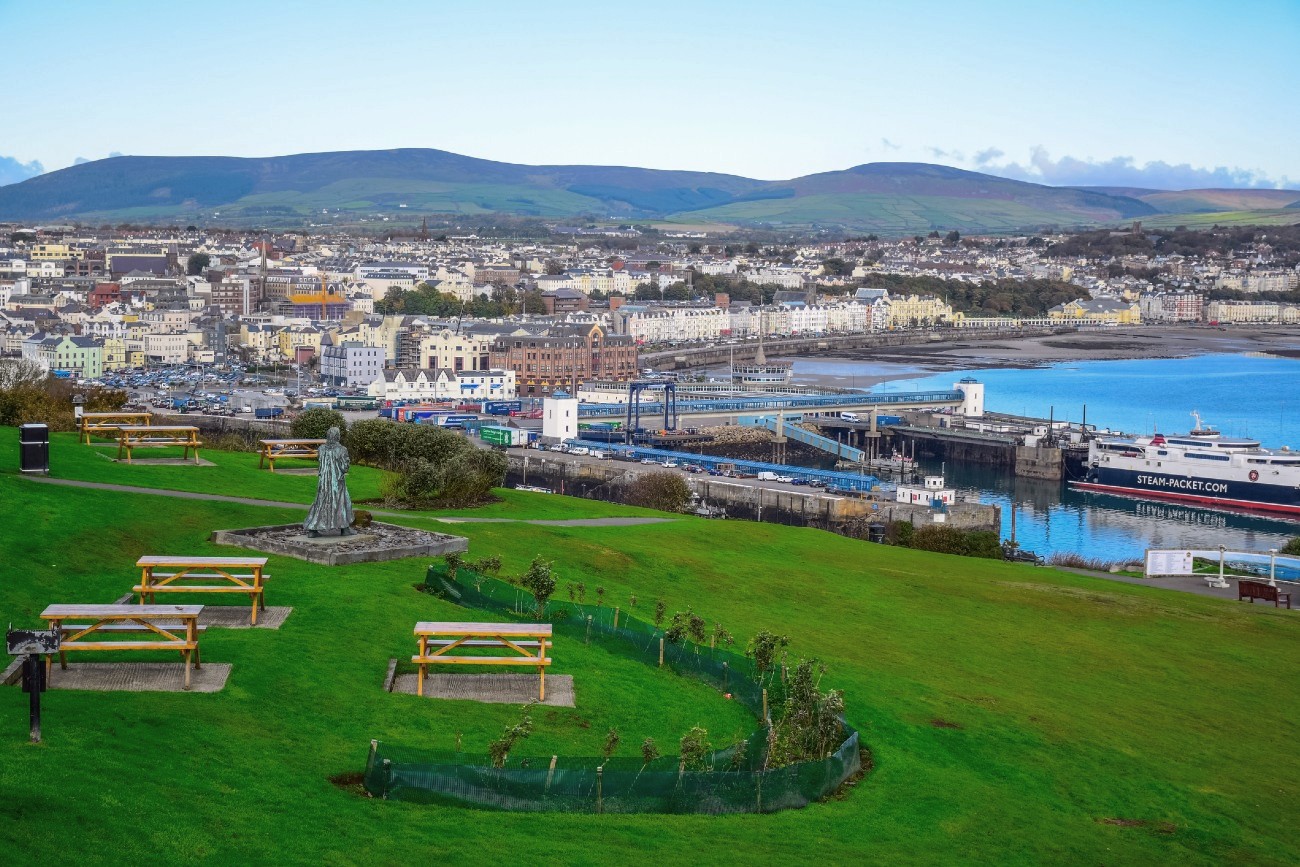
Every year, usually on the 5th of July, the Isle of Man comes together to celebrate Tynwald Day – the island’s National Day. In the Norse language, Tynwald translates as Parliament Field, and this goes some way to explaining the naming of Tynwald National Park, in the small village of St John’s. The park was formed in 1979 to commemorate the Manx Millennium – the anniversary of the Parliament of Tynwald.
Covering an area of approximately 25 acres, Tynwald National Park is largely made up of an arboretum, containing a variety of trees and shrubs that were donated to the park by each of the island parishes. These plants have matured over the years and now provide a lush environment for visitors to enjoy.
The park is formed of three subsections. The first contains many large, ornamental trees, separated by wide grassy paths. There is also an attractive pond here where ducks and swans are often found. The second section of the park rises to the north and is home to native trees and a large picnic area, offering panoramic views to the western coast and the nearby plantation of Slieau Whallian. The final section of the park incorporates the Commonwealth Grove, featuring stands of beech trees, oaks and Scots pines.
I can only confirm that it’s a fantastic place for a stroll, with a network of paths and wooden boardwalks weaving through the site. A visit during summer can be an especially colourful experience, as the flower beds within the park bloom vividly. I always make sure I have my camera with me when visiting this magnificent place.
Mountain Breezes
A visit to Tynwald National Park can easily be combined with a trip to the rolling hills of the nearby Slieau Whallian Plantation. This large area of moorland and heath was first planted upon in 1906 by the Manx Arboricultural Society, before being expanded several times. The forest is a mixture of conifers and broadleaf trees, with a dense canopy that gives the region a peaceful, enclosed feel.
It’s a great place for outdoor enthusiasts who are looking to escape for a few hours, or for those simply looking for a pleasant walk. A well-maintained path winds its way through the forest and up onto the windswept slopes of the hill above.
Slieau Whallian rises to 900 feet above sea level, making it a great vantage point over the surrounding landscape. The summit is marked by a large cairn, from where you can enjoy views back to St John’s village and Tynwald National Park.
On a clear day, you even see the Isle of Man’s central range of hills, with the purple slopes of Snaefell being a focal point.
In addition to its walking opportunities, Slieau Whallian is also popular with mountain bikers and fell runners, hosting several annual sporting events.
Despite its beauty, the hill is said to have a rather morbid past. According to local folklore, it was an area which was once used for the punishment of witchcraft, with many victims reported to have met their demise on the mountain. It is said that the chilling screams of witches can still be heard in the area on windy nights. With there being a lack of actual historic reference to these tales, it remains to be seen whether they hold any truth and the area is far better known for its picturesque views.
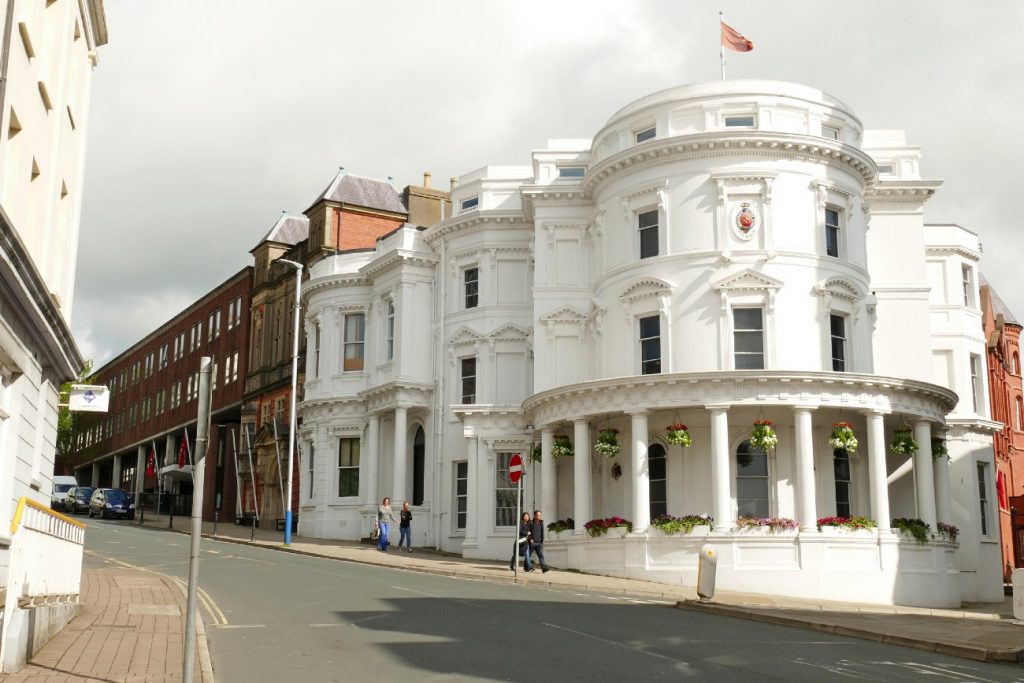
Parliament of Tynwald, Isle of Man
A Hop, Step and Jump
One of the most common creatures you may come across on a visit to Tynwald National Park and Slieau Whallian is a type of amphibian – an animal with a mastery of both land and water. In fact, it’s the only amphibian species to be found in the Isle of Man, due to the island’s relative isolation. The animal in question is the common frog, a creature found in ponds and lakes throughout the UK.
Common frogs breed in these aquatic habitats during the spring, leaving behind their characteristic rafts of frog spawn. After a few weeks, these eggs hatch into tadpoles, who eventually go through the incredible process of metamorphosis to become adult frogs.
If you look closely, you can find frogs and tadpoles in the large pond in Tynwald National Park. But as the adults like to explore the terrestrial environment, they can also be seen on the lower mountain slopes in the Slieau Whallian Plantation, particularly in damper areas.
They spend most of their time hopping around on the hunt for food, using their long, sticky tongues to catch insects, slugs and snails. Their athletic prowess is remarkable, with the legs of common frogs being powerful enough to propel them on leaps that are more than 44 times their body length.
Tynwald National Park and Slieau Whallian have much to offer visitors, besides their bouncy amphibian residents. The floral diversity and forest habitats provide a rich taste of the Isle of Man’s varied habitats, making the area a perfect place for nature lovers.
Explore more of the Isle of Man’s beautiful nature! Learn more in this article: Wonders Set In Stone – Spanish Head


